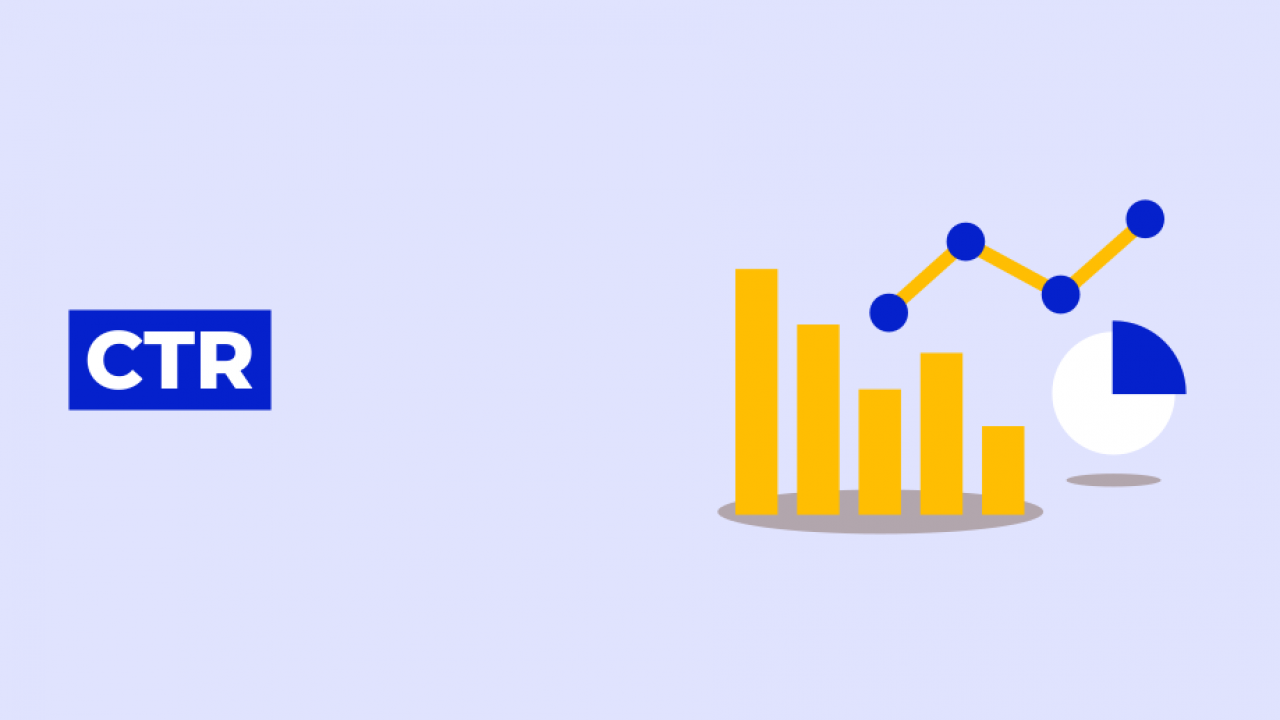The Ultimate Guide to CTR Adjustment: Approaches for Improving Browse Engine Presence
In the ever-evolving landscape of search engine optimization, grasping the art of click-through rate (CTR) control has actually become significantly crucial for companies aiming to improve their on the internet exposure. As search engines proceed to focus on individual engagement metrics, recognizing exactly how to tactically influence CTR can substantially affect a web site's performance in search results.
Understanding CTR and Its Impact

A high CTR suggests that a considerable section of customers locate the web link compelling and relevant, which can lead to improved rankings on online search engine. On the other hand, a low CTR may signal that the link is not resonating with users, potentially resulting in a decrease in rankings. Understanding CTR fads and patterns can give valuable understandings right into customer habits, preferences, and the efficiency of different marketing strategies.
Basically, surveillance and assessing CTR information is necessary for maximizing online search engine exposure and developing reliable electronic advertising projects. By leveraging this statistics, services can tweak their strategies to bring in even more clicks, improve customer involvement, and eventually enhance their on-line existence.
Optimizing Meta Tags for Greater Click-Through Rates
With an eager focus on enhancing internet search engine exposure through critical optimization methods, one pivotal facet hinges on the precise crafting of meta tags to boost click-through prices successfully. Meta tags, consisting of the meta title and meta summary, play a critical duty fit exactly how a web site shows up in search engine results. Optimizing these tags includes including appropriate keywords that precisely mirror the material of the webpage while also attracting individuals' search intent.
To enhance meta tags for higher click-through prices, it is important to maintain them concise, engaging, and aligned with the content on the web page. The meta title ought to be eye-catching, plainly suggesting the web page's subject and worth proposal. The meta summary offers as a short recap that lures individuals to click through by supplying a glimpse of what they can anticipate on the web page. Furthermore, including distinct marketing points, contacts us to activity, or unique offers within the meta summary can even more enhance its charm and urge clicks. By very carefully crafting meta tags, websites can raise their visibility in search engine result and draw in more organic web traffic.
Crafting Compelling Title Tags and Meta Summaries
Crafting compelling title tags and meta descriptions is crucial for enhancing a site's presence and drawing in potential visitors effectively. Title tags are the very first thing users see in search engine results, making them an important element in figuring out whether an individual clicks via to a web site.
When crafting title tags and meta summaries, it's essential to bear in mind the customer's intent and ensure that Discover More the language utilized is relevant and compelling to their search inquiry. By maximizing these elements, internet sites can boost their click-through prices and ultimately boost their online search engine presence. Additionally, regularly keeping an eye on and examining various variations of title tags and meta descriptions can assist determine which ones are most effective in driving web traffic to the website.
Leveraging Schema Markup for Improved Presence
To improve a site's visibility and enhance its efficiency in internet search engine results, leveraging schema markup can be a strategic and efficient approach. ctr manipulation. Schema markup is a type of microdata that can be included to a web page's HTML to give search engines with more detailed information about the material on that page. By integrating schema markup, sites can improve the method their listings appear in online search engine results, making them a lot more interesting and aesthetically attractive to individuals
One considerable benefit of using schema markup is that it can enhance the likelihood of rich fragments being presented along with an internet site's search engine result. Rich bits are additional pieces of info, such as star rankings, item costs, or event days, that can make a listing attract attention and bring in more clicks from users. This not just boosts the exposure of a site but additionally improves its trustworthiness and relevance in the eyes of search engines.
Surveillance and Examining CTR Performance
Having actually established the advantages of leveraging schema markup for enhanced presence in search engine results, the following essential action involves tracking and analyzing the performance of click-through prices (CTR) By tracking CTR go to my blog metrics, site proprietors can gain useful understandings right into just how users engage with their internet search engine listings. Various devices, such as Google Analytics and Look Console, offer thorough CTR data that can be examined to recognize which keyword phrases, meta summaries, or titles are driving the most traffic.
Keeping an eye on CTR efficiency allows web site proprietors to identify underperforming pages or listings that may call for optimization. It additionally helps in evaluating the performance of any kind of CTR manipulation techniques carried out. Consistently keeping track of CTR patterns can highlight changes in customer actions, enabling timely adjustments to improve online search engine exposure.

Final Thought
Finally, understanding and controling CTR can considerably influence online search engine presence. By optimizing meta tags, crafting engaging titles and summaries, leveraging schema markup, and keeping track of efficiency, businesses can enhance their on-line presence. It is vital to continually evaluate CTR information to identify patterns and make informed choices to drive website traffic and increase exposure in internet search engine results web pages. Ultimately, carrying out these approaches can result in a much more successful online presence and improved search engine rankings.
In the ever-evolving landscape of search engine optimization, grasping the art of click-through rate (CTR) control has ended up being progressively vital for organizations making every effort to boost their on-line presence. As search engines proceed to prioritize individual interaction metrics, comprehending how to strategically influence CTR can significantly influence an internet site's efficiency in search outcomes. In the realm of search engine optimization (SEO), CTR plays a significant duty in establishing the performance of a web site's exposure on search engine results Homepage pages (SERPs)
Having developed the benefits of leveraging schema markup for enhanced presence in search engine results, the following important step involves surveillance and examining the performance of click-through prices (CTR) Consistently checking CTR patterns can highlight fluctuations in customer habits, allowing for prompt modifications to improve search engine presence.